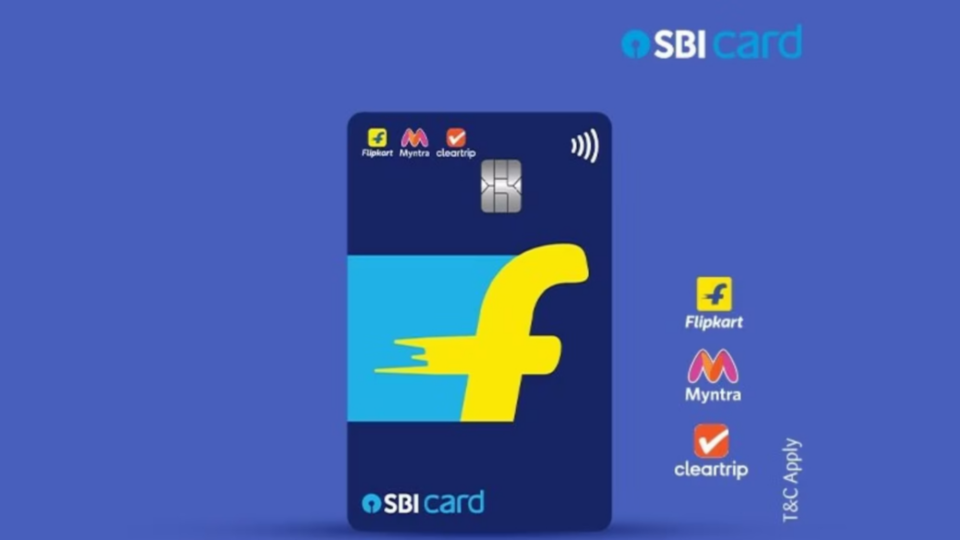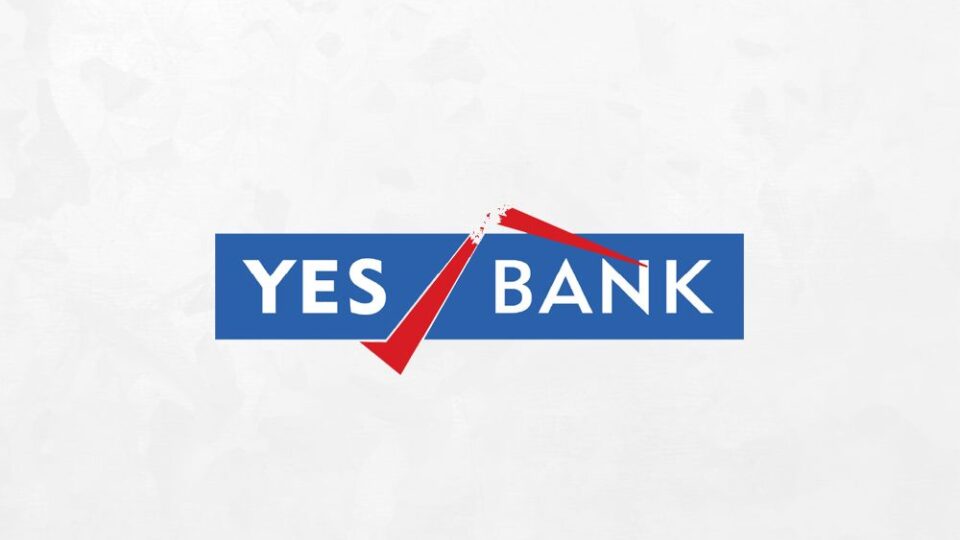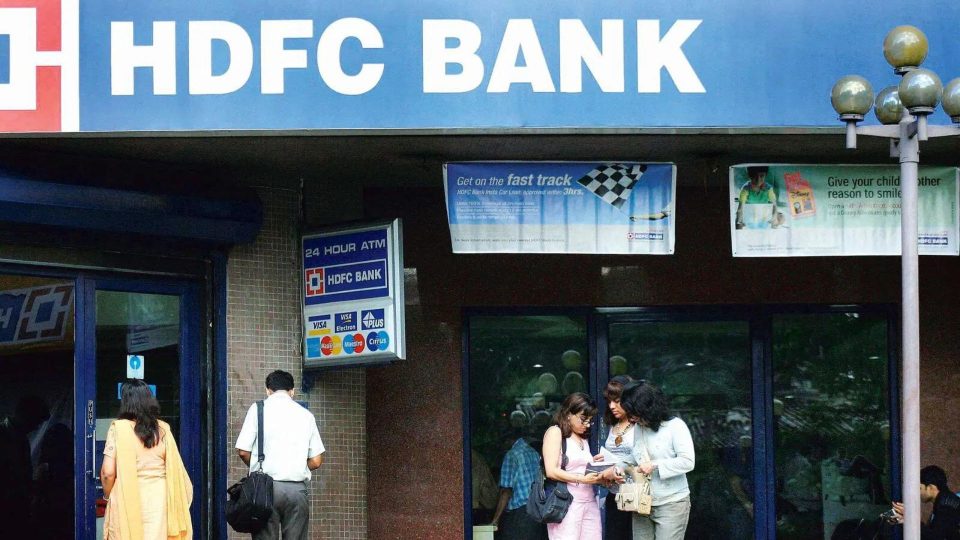
Easy Steps To Generate Electronic Verification Code (EVC) via Bank ATM
For electronic verification, a 10-digit alphanumeric code known as an Electronic Verification Code (EVC) is delivered to the registered mobile device number. It fulfils several functions, including enabling you to change your password, log in to the e-filing site, and electronically check a variety of items (including statutory forms, income tax returns, rebate re-issue requests, and notification answers). Therefore, using the EVC is a convenient and safe way to do activities like updating your password, accessing your e-filing account, or verifying facts.
The e-filing portal’s Generate Electronic Verification Code (EVC) feature is limited to individually registered users. Benefits of this service include the following:
- Verify a variety of documents electronically, including income tax returns, statutory forms, requests for refund reissue, and notification answers.
- Log in to the e-filing portal.
- Change your password again.
Verifying your income tax return (ITR) is the last step in finishing it. If you don’t finish the e-verification within 120 days, your ITR will be considered void. See the steps provided here for a step-by-step tutorial on creating the Electronic Verification Code (EVC) using a bank ATM.
Generating EVC through Bank ATM:
- Step 1: Swipe your debit card at the bank ATM that is nearest to you.
- Step 2: Enter in your PIN.
- Step 3: Choose Generate EVC for Income Tax Filing
Your email address and cellphone number that you registered with the e-filing site will receive an EVC.
The PAN card must be linked to your specific bank account, and it must also be registered on the e-filing portal.
Axis Bank Ltd., Canara Bank, Central Bank of India, ICICI Bank, IDBI Bank, Kotak Mahindra Bank, and State Bank of India are the list of banks that you may create an EVC using the bank ATM option.
Other Means Of E-verifying Tax Return And Income
- Net-banking
- Bank account
- Aadhaar OTP
- Bank ATM
- Sending signed ITR-V/Acknowledgement receipt



